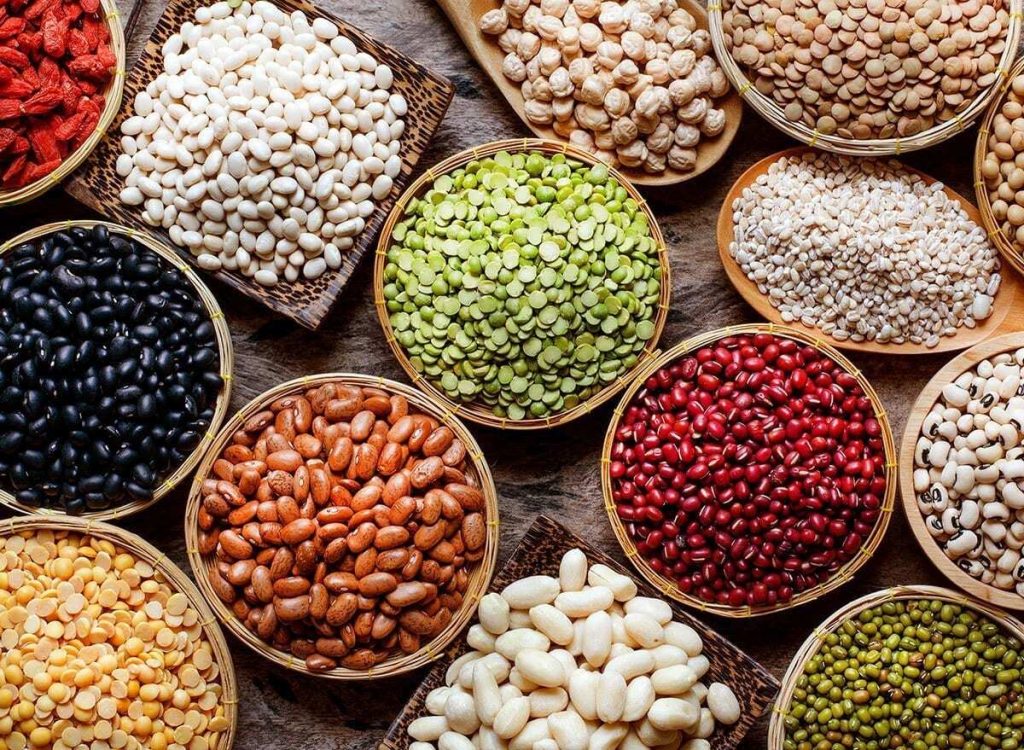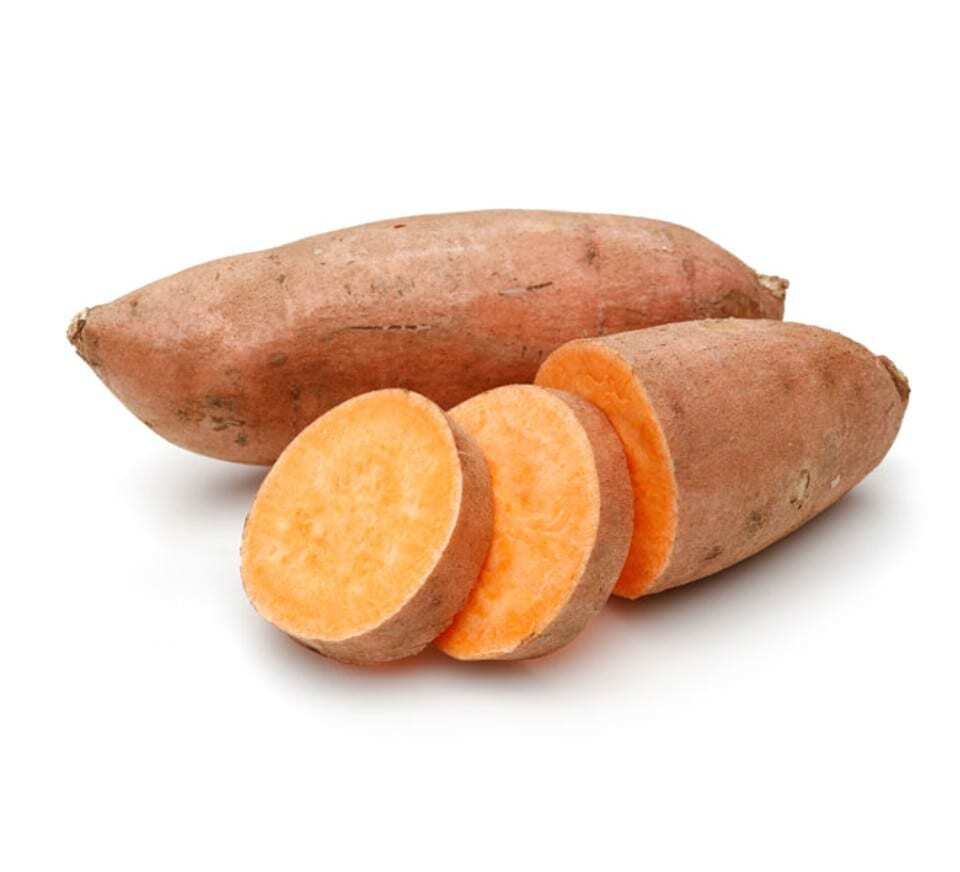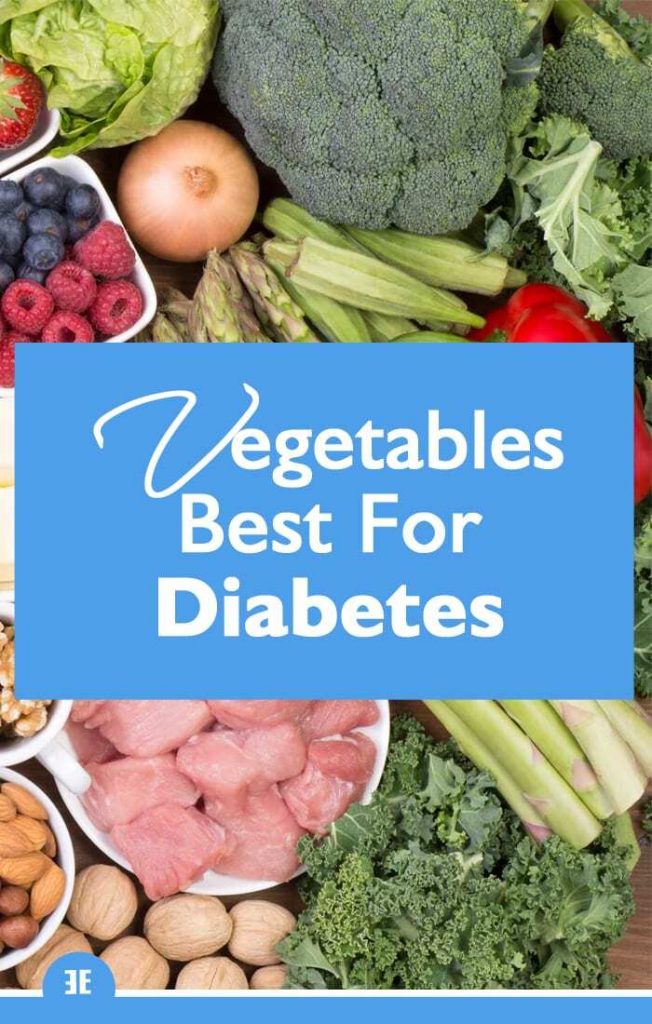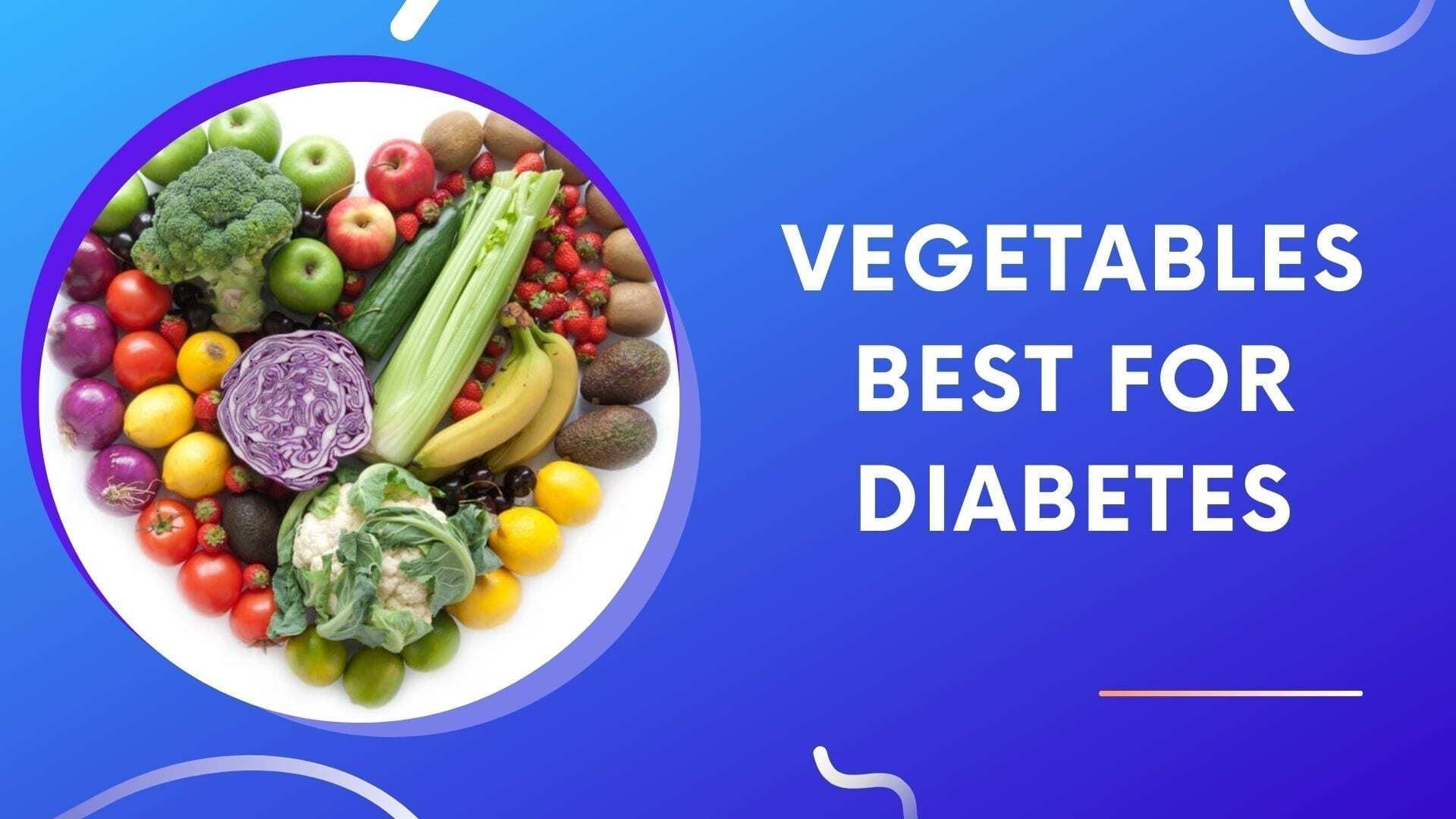If your health is at risk with diabetes then you might be wondering about what vegetables are best for diabetes.
While vegetables in general are considered ‘healthy’, there are also tons of vegetables to choose from. How do you prioritize your vegetable intake if you have type 2 diabetes or are prediabetic?
First you have to understand the general reason ‘why’ certain vegetables are better than others based on a diabetes diagnosis.
After I briefly address ‘why’ certain vegetables are better in general terms, I’ll list out and provide detail about the vegetables best for diabetes.
As you’ll see below …
I recommend aiming for vegetables high in protein first, followed by veggies with whole carbohydrates as a secondary priority, and finally veggies with fiber as third priority.
Before getting into why I place protein first, carbs second and fiber third, let’s start off with overall dietary principles if you’re diabetic.
This will help you make sense of my reasoning and put my recommendations into useful context.
Finally, please note that there’s an incredible story at the bottom of this post featuring a father who almost had his leg amputated because of diabetes. He now has a great, affordable online diabetes course which I highly recommend.
Without further ado, let’s dive in and learn more about veggies!
General Dietary Diabetes Principles
Generally speaking people with diabetes will want lessen their food intake from the following sources:
- Cereals with little whole grains. like Frosted Flakes or Fruit Loops
- French fries
- White rice
- Chips
- Sodas, fruit juices
- White flour foods like muffins and pastries
- Candy

Here’s what I’d like you to internalize: managing diabetes is more about not eating these foods than it is about eating healthy.
There are many foods you can eat that are healthy, but if you are eating these sugary foods then your body will never heal or grow or manage diabetes symptoms properly.
I’ll come back to these overarching principles down below, but …
But here’s the question: if you stop eating those foods, then with what do you replace them?
What Foods Can Diabetics Eat Freely?
Before we dive into specific vegetables, let’s first talk about how to eat for diabetes in general using the ‘plate method’.
The plate method will give you an overview about what kinds of food you can eat more of and ultimately use to replace those sugary treats.
In fact, people with diabetes can eat these foods freely for the most part without any worry! Plus in general this balanced way of eating will help prevent heart disease, high blood sugar and high blood pressure.
Here is an official recommendation from the CDC which talks about the plate method:
- Fiber: 50% of your plate should be ‘non-starchy’ vegetables like beans, broccoli or salad.
- Protein: 25% of your plate should be lean protein like chicken, eggs or tofu.
- Whole Carbs: 25% of your plate should be ‘starchy’ vegetables or grains like brown rice, sweet potatoes or corn.
Summary: Eat less ‘simple, sugary foods’ and eat more vegetables, proteins and grains.
Vegetables Best For Diabetes
As you eat less simple sugary foods, it’s likely that you will be hungrier since you previously relied on these to give you quick boosts.
To make sure that you don’t feel hungry as you eat less sugary foods, the best vegetables are going to be ones that give you:
- Protein
- Whole carbohydrates
- Fiber
The reason I emphasize protein first is because protein will impact your hunger levels the most of these three ingredients.
After protein, then whole carbohydrates will be the next biggest factor in helping you keep full, followed by fiber.
For example, let’s say before your type 2 diabetes diagnosis you were eating a muffin for breakfast, a croissant for lunch, chips for snack, and some white rice and butter for dinner.
After your diagnosis you are now switching your diet away from these foods and you are trying to eat healthier.
However, if you just stop eating all these muffins, croissants, chips and white rice, then you’ll be starving!
It’s therefore important that you start switching to foods that will help you replace these sugary foods that are bad for your blood sugar while still keeping you full and satisfied.
If you aren’t full and satisfied, then there is simply no way you’ll be able to stick with a healthy diet for diabetes.
Other articles rarely place emphasis on which types of vegetables you should prioritize and merely say to eat more of them. While eating more vegetables is certainly a good idea, I believe knowing about the importance of hunger and staying full can help someone make better choices overall.
You can also consider supplements and vitamins to help manage various health conditions as well.
25% ‘Protein’ Vegetables
Here are some vegetables that contain high amounts of protein. These are some of the vegetables best for diabetes because they taste good and will help keep you feeling satisfied.
- Peas
- Lentils
- Beans
- Quinoa
- Tofu
- Tempeh
- Seeds
- Pulses

These are the vegetables that you really want to hone in on if you have any sort of diabetes condition or other problems with blood sugar.
Heck, let me be even more specific about which vegetables may help you the most:
Beans are the single best vegetable for diabetes.
Medically reviewed BlueZone studies about the longest lived people in the world show that people who live longer eat lots of beans.
These people also eat a broader plant-based diet, so let’s move onto the other good groups of vegetables so that you can stay full and live a long time!
25% ‘Good Carb’ Vegetables
These next few vegetables are not your typical vegetable because they are not green.
However, these vegetables do contain good carbohydrates which, similar to fiber, will digest more slowly, maintain proper blood sugar control, and keep you full for longer.
- Brown rice
- Quinoa
- Amaranth
- Sweet potato
- Millet
- Oatmeal
- Corn

The reason you want to focus on these whole grain vegetables next is because these whole grains will probably be the most similar to the simple, sugary carbs you’re trying to replace.
For example, oatmeal can easily replace a muffin for breakfast because oatmeal is typically thought of as one of several common breakfast food choices.
However, please note these foods should be eaten in moderation. If eaten in excess they can lead to the same negative health outcomes as eating too much simple, sugary treats do! Eaten in moderation, they will help reduce diabetes.
50% ‘Fiber’ Non-starchy Vegetables
Foods that are high in fiber are good because they dissolve slowly in your stomach and will give your stomach a lasting full feeling.
Here’s a list of green leafy, non-starchy vegetables that are high in fiber:
- Kale
- Carrots
- Peas
- Broccoli
- Spinach
- Brussels sprouts
- Artichoke
- Beets
- Collards

Hint: Green is the primary color in this list! Except for carrots and beets, all these foods are green! But despite their color differences, all these foods are high in fiber and have lots of health benefits.
Are Carrots Good For Diabetics?
So what about those carrots, beets and other vegetables that aren’t green, are they bad or good for diabetics?
Please remember the rule of thumb I mentioned earlier.
The rule of thumb is simple if you’re diabetic: veggies are good.
So yes, carrots are fine for diabetics. Carrots are non-starchy vegetables that are solid and can help you feel full.
Carrots also contain potassium, Vitamin A, and B6. So go ahead and eat those carrots like a rabbit!
What Vegetables Should Diabetics Avoid Or Be Wary About?
Now you might be wondering if there are any vegetables diabetics should avoid.
In general health and wellness terms, you can eat vegetables freely on any type of diet. It’s a mistake to think that there are certain foods you need to avoid.
However, be wary of potatoes, sweet potatoes and corn.
Potatoes in particular are oftentimes paired with bacon, butter, and lots of salt. Plus potatoes themselves are carb heavy.
Just be careful that you try to follow the plate method as outlined above.
If you are getting 25% of your food intake from these whole grain carbohydrate sources you’ll be fine. However, if you start eating 50% of your food intake or higher from these sources, then your diabetes may be at risk of worsening.
While I hesitate to use the term ‘low-carb’ because oftentimes this work is associated with restrictive diets, for people with type 2 diabetes it really is true.
In essence these potatoes, sweet potatoes, and corn can be a double-edged sword:
Pros: These foods are familiar, more easily replace simple sugary foods, and help prevent diabetes from worsening if eaten in moderation.
Cons: These foods can lead to negative health outcomes if eaten in excess, so just be wary.
For an in-depth discussion on how you can eat any type of food, but still be within diabetic dietary guidelines, please see my conversation with Grace Oyston for more info.
I really like this conversation with Grace because she recognizes that diets low in calories may be enticing to people with diabetes. However, she clearly emphasizes that restrictive diets pursued for weight loss make health conditions worse in the long run.
Further Online Resources For Diabetes
Finally, if you would like to get a great overview of diabetes in general and also have a chance to try an online solution to diabetes management, then I know no better solution then this one here.
What’s nice about this course is that it provides a great introduction to diabetes so you can make sense of your diagnosis without being the overwhelmed. You can view the product page which contains a great overview of diabetes here.
While there is tons of info online, people with diabetes oftentimes don’t know where to start. They hear about the risk of heart disease and/or, too high of blood sugar levels, and start worrying.
This worrying compounds as all this information about grams of carbs, low carb, blood sugar, etc., just becomes overwhelming in a short time.
This page also introduces the various problems a diabetic needs to watch out for and the general principles to treating diabetes.




